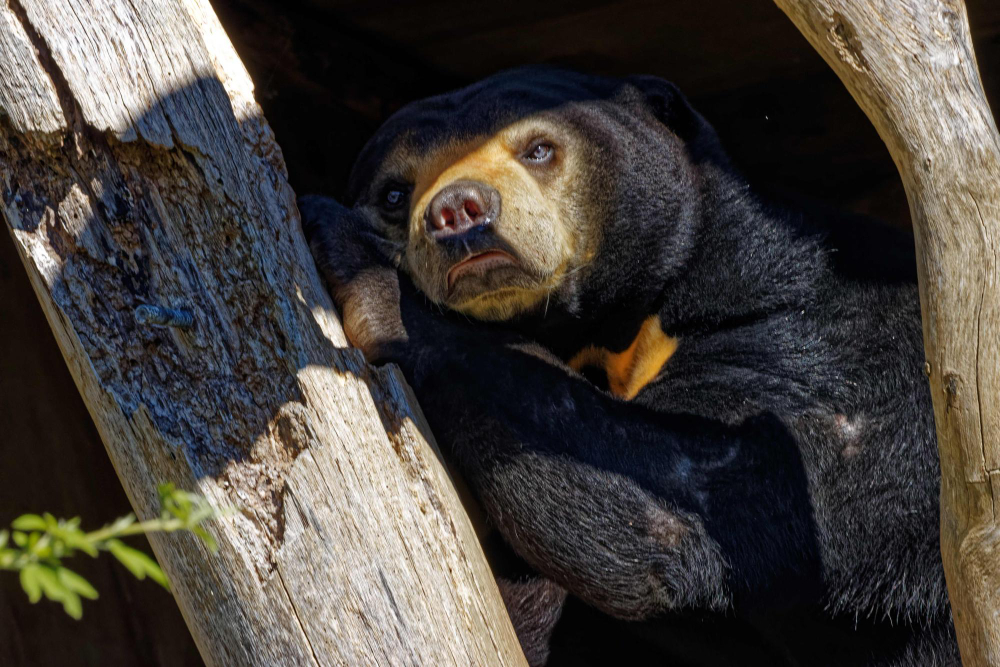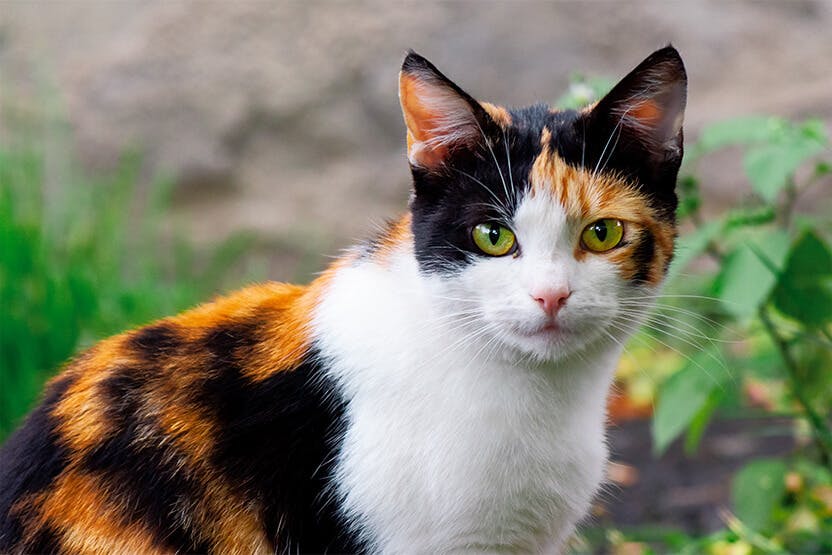The smallest species of the bear, the sun bear (Helarctosmalayanus) belongs to Southeast Asia and resides in tropical forests. Its name Sun Bear indicates that it has a sun-like golden-white patch on its furry body over the chest. It will be entertaining to explore about unique behaviors, characteristics, dietary habits, lifestyle, and habitat of the sun bear. Let’s disclose the mysteries about the sun bear.
Evolution of Sun Bear
All bear species including the sun bear specie belongs to the Ursidae family. Due to its Malayan origin, it is also named as Malayan Sun Bear. About 5 million years ago, it evolved from other bear species making it one of the ancient bears.
Characteristics and Behavior
As compared to other bears, sun bearsare relatively small in size they grow only half of the size of the American Black Bear, mainly 24 to 35 inches tall, and weigh about 25 to 65 Kg. It shows the dark color patterns from dark brown to black having a yellowish golden patch on the chest that resembles the shape of the sun. The sun bear also uses this patch for signaling and to communicate with other fellows along with identification. It hasa shiny, short, and thick black coat that protects it from overheating in tropical areas as well as from bushes, branches, and excessive rainfall.
It also has long and curved claws and flexible figures that help itclimb easily over trees and mountains and hunt for prey. It has small ears and big eyes that make it suitable to live and survive in forests. One of the interesting behaviors is that the sun bear shows nocturnal behavior,
it sleeps during daytime and wanders at night in the forests. It is also involved in an activity called ‘bark stripping’ which means it peels off the trees in search of food. If there is a shortage of food like fruits, insects, or rodents, they can dig in the ground to search for food like small insects, ants, or others. So, it can fulfill its appetite whatever the condition is.
Dietary Habits
The sun bear is omnivore, it feeds on both plants and insects or animals. Due to its nocturnal behavior, the sun bear searches for food in the darkness and night-time. It climbs from tree to tree munching on fruits, leaves, berries, and some roots, and also eats insects, birds, rodents, and lizards. It has a really good sense of smell which helps it in searching and hunting the prey. It hunts the prey and takes out the birds and eggs from nests with its long and curved claws. It also has a long tongue with which it captures the insects. It can also extract honey from honey-bee nests using its long tongue.
Furthermore, it only depends on one type of diet but its diet varies depending on season and geography. If there are more plants and fruits available, it happily feeds on fruits like berries or other roots and plants.
Habitat
The sun bear finds its shelter in the tropical forests of Southeast Asia. It is also found in Eastern India to Southern China. It also resides in the countries like Indonesia, Thailand, Myanmar, and Malaysia. It can accommodate in land surface as well as the peak of the forests where a wide range of food can be available. It is also adaptable to various forest environments where it can easily hunt for prey and find shelter

Social Attitude
The sun bear is known for its anti-social and introverted behavior. It does not show friendly nature to other animals or fellow bears either. It also makes a smelly surrounding outside its shelter with the combination of urine, stool, and other body secretions to avoid contact with others. It has a unique style to communicate with fellow bears like roaring, growling, or calling in a loud pitch. It communicates for mating purposes or clashes and disputes among bears.
However, the male and female sun bears don’t have contact with each other except for mating purposes. The males show some dominating characteristics to attract the females like vocalizations. The mating process can occur throughout the season, but it mates mainly in the rainy season. The female gives birth to one or two cubs that are dependent on the mother for about 2 years. The cub is born blind and abandoned, its mother takes care of it and makes it mature enough to survive in the environment.
Conservation
As the sun bear can survive in different environments and habitats like forests, trees, grounds, and undergrounds, it is difficult to hunt it. However,due to deforestation in Southeast Asia, many of the sun bears lost their habitat, and shelter, and were deficient in food. It also increases human-wildlife battle. Humans hunt them for different body parts and the fur that is used for clothing purposes is sold expensive.
The sun bears that reside in the farms and fields are killed crudely by the farmers because they may eat their crops like bananas, berries, palm oil, or coconuts. To keep the cubs as pets, many people kill their mothers that protect them from any harm. Conservation and protection of the sun bears are necessary for the maintenance of the ecosystem. The public should be educated not to harm them and protect their habitat.
Conclusion
Sun bears are the isolated and introverted animals of many other bears. They found their habitat in Southeast Asia and made their shelter in forests, grounds, and underground. They are relatively small in size than other species of bears. Their unique yellowish-golden patch on the chest looks like a sun and so they are named sun bears. They have a strong sense of smell which they used to smell their food.
They eat a variety of diets from plants, roots, fruits, and berries to insects, birds, and rodents. They can climb the trees, and hunt the birds’ nests, they can also dig the ground in search of food and hide themselves when feel danger. However, they are an important part of our ecosystem, so, their conservation is important.








